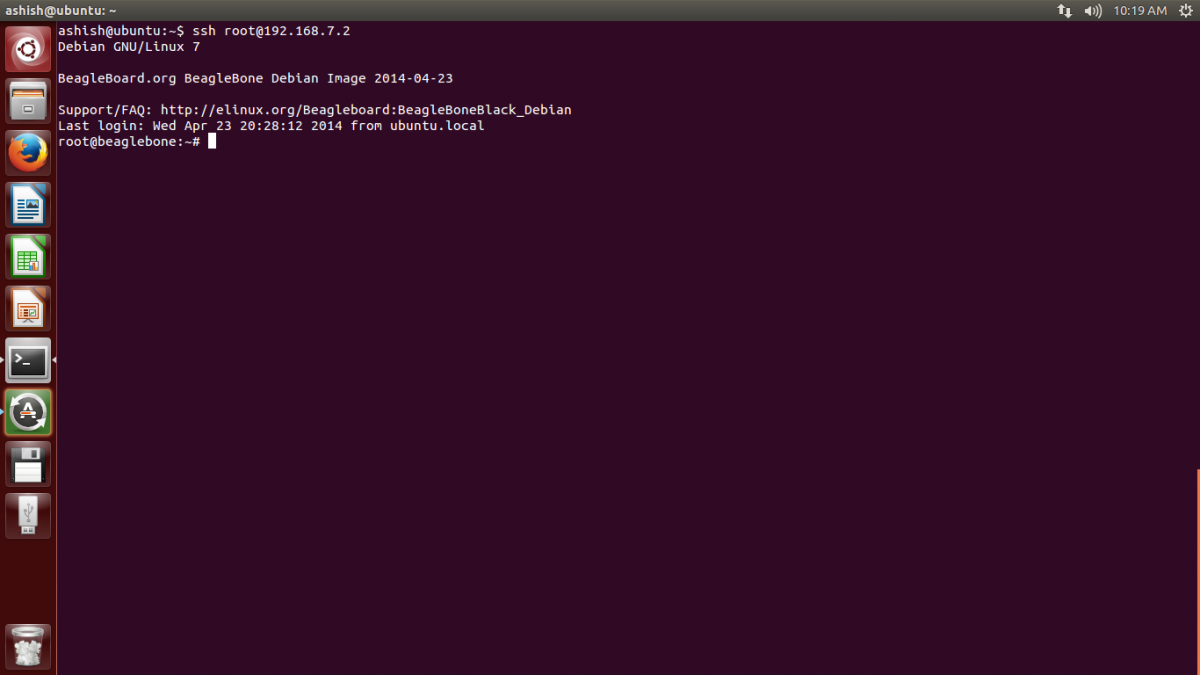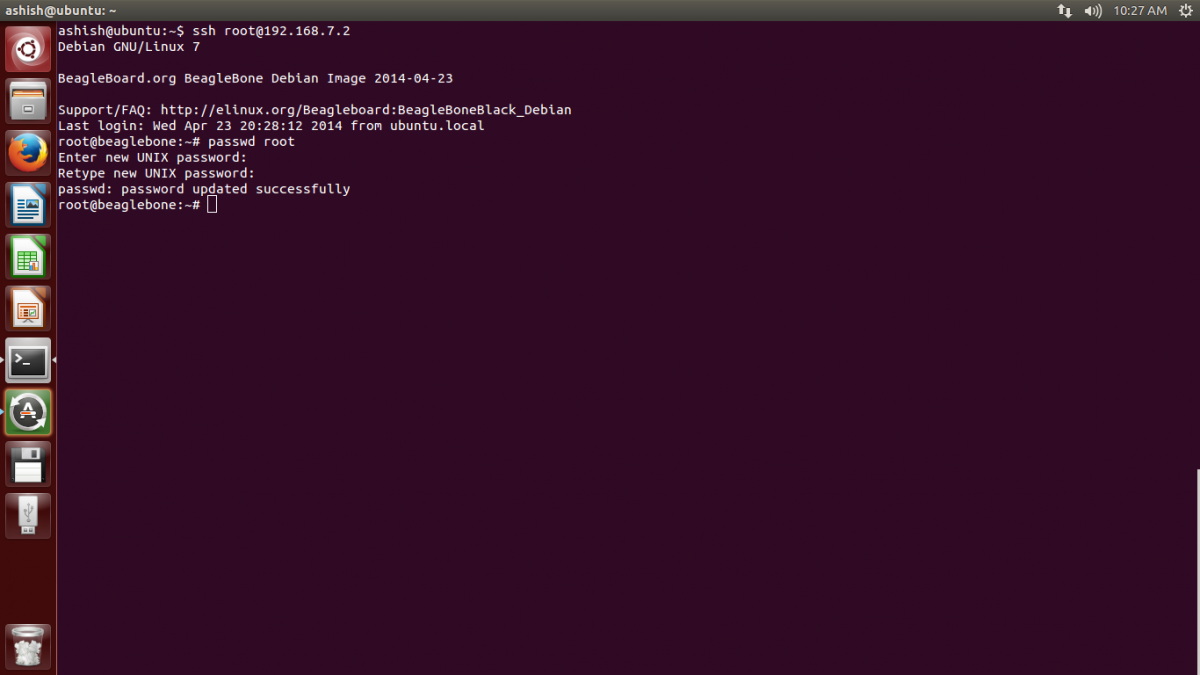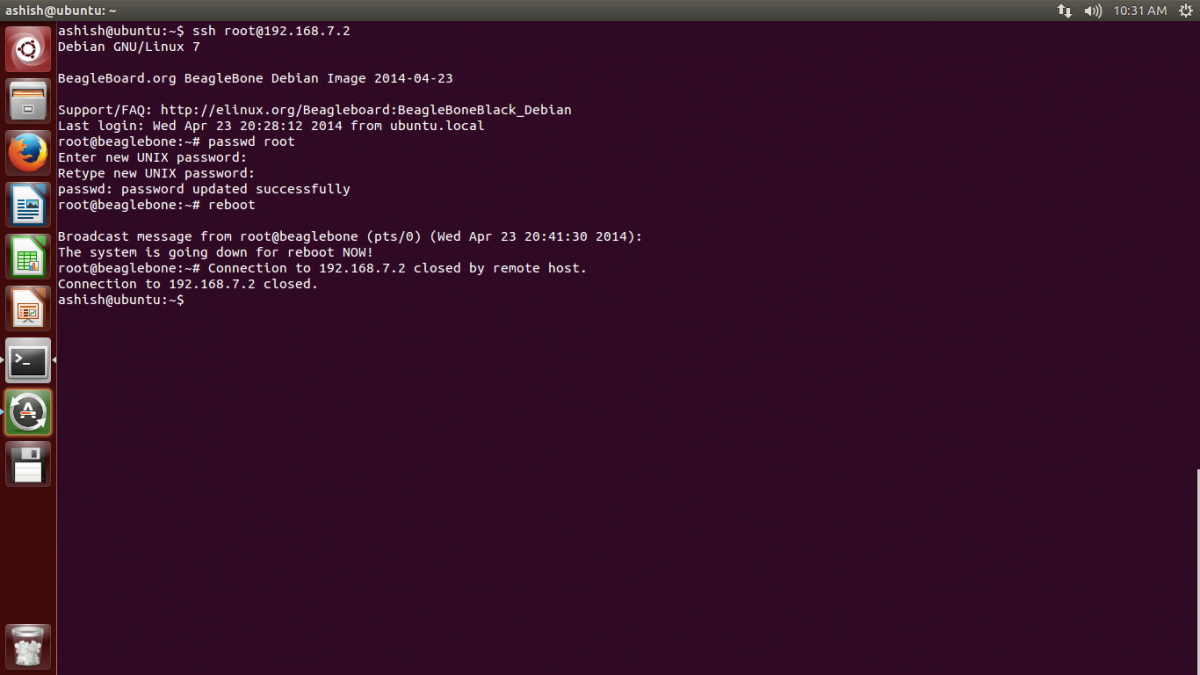Beaglebone Black, also known as BBB, is a low-cost open source development board used mainly by developers and lobbyists. Although it is quite similar to a Raspberry Pi, it comes with some additional features. Developed by non-profit corporation beagleboard.org, this credit card-sized board also supports the embedded Linux platform. Due to the presence of so many advanced peripherals, it is also considered a mini computer. It has a convenient development environment that allows the user to interact with the PC just through a micro USB port.

Fig. 1: Black Beaglebone Logo
Hardware Environment
BBB consists of the core architecture of the ARM family and houses the AM35X ARM cortex A8 processor (1 GHz). It can be powered via a micro USB port or an external 5V source that is present as an option. Additionally, it also comes with 4GB of internal memory. Since it has more GPIO pins than Raspberry Pi, it can be a suitable choice for your project.
BBB Hardware Specifications:
- 2 32-bit PRU microcontrollers
- 512MB DDR3 RAM
- Integrated 4GB 8-bit eMMC flash storage
- 3D graphics accelerator
- Floating point accelerator
- USB client for power and communications
- USB Host
- One Ethernet port
- HDMI port
- 2x 46-pin headers
- SD/MMC interface
- UART, SPI, I2C, CAN integrated processor
- ADC, PWM, LCD integrated into the processor
Software Environment
The Beagle black works easily with various software programs. It supports various Linux distribution images, thus allowing the user to create applications in various high-level as well as scripting languages. Due to the open source developer community, it has an efficient software environment. There are many libraries available for Beaglebone Black and therefore you can start programming in minutes.
BBB Software Features:
- Various Linux distributions supported (Debian, Ubuntu, Android etc.)
- Multiple high-level languages supported (C, C++. Python, Java, etc.)
- Easy startup process
- SSH connectivity with PC
Beaglebone Pinout Diagram

Figure 2: Black Beaglebone Pin Diagram
Black Beaglebone contains 2 pin headers, each containing 46 pins. The left side pin header is P9 and the right side pin header is P8. The pinout consists of various power sources, GPIO, SPI/I2C, ADC, PWM, LCD data and control pin, UART pin, etc. The reference voltage of the VDD_ADC pin is 1.8V.
Getting Started with Black Beaglebone
Now I will explain how to start with the black Beaglebone and configure the board. The Debian distribution is by default preloaded on the BBB's eMMC, which eliminates the need to install the kernel image on an external memory card followed by its installation on the BBB. This will save you time and you can start working directly with the BBB.
Follow the steps mentioned below as instructions:
Step 1: First turn on the Beaglebone Black by connecting it to the PC via the USB cable.
Step 2: Wait a few minutes for the PC to detect the BBB.
Step 3: Open the command terminal and type the following command to request SSH connectivity:
ssh (email protected)
Now the user is logged in as root on the Beaglebone black. By default, the password is not set for the root user.

Figure 3: Screenshot of the Linux console on the Beaglebone Black
Step 4: Enter the following command to set root password on Beaglebone black:
root password
Now, enter the password twice for confirmation. Here when you enter the password a blank screen is displayed instead of '*' or any other symbol.

Fig. 4: Screenshot showing Linux console with password successfully set on Beaglebone Black
Now, restart Beaglebone black by typing the following command and wait for a while:
restart

Figure 5: Screenshot of Linux root login on Beaglebone Black
Step 5: Repeat step 3. This time you cannot log in without a password. When you enter the step3 command, BBB will ask you to enter the root password.
Enter the password you set during step 4 and press the Enter key.
Now, you are logged in as root.
Step 6: You have access to the black Beaglebone.
Step 7: If you want Internet access, you can connect the Wi-Fi module or Ethernet cable to the BBB. Remove the power cable (here USB cable) and connect the Ethernet cable with black Beaglebone. Now reconnect the power cord with BBB

